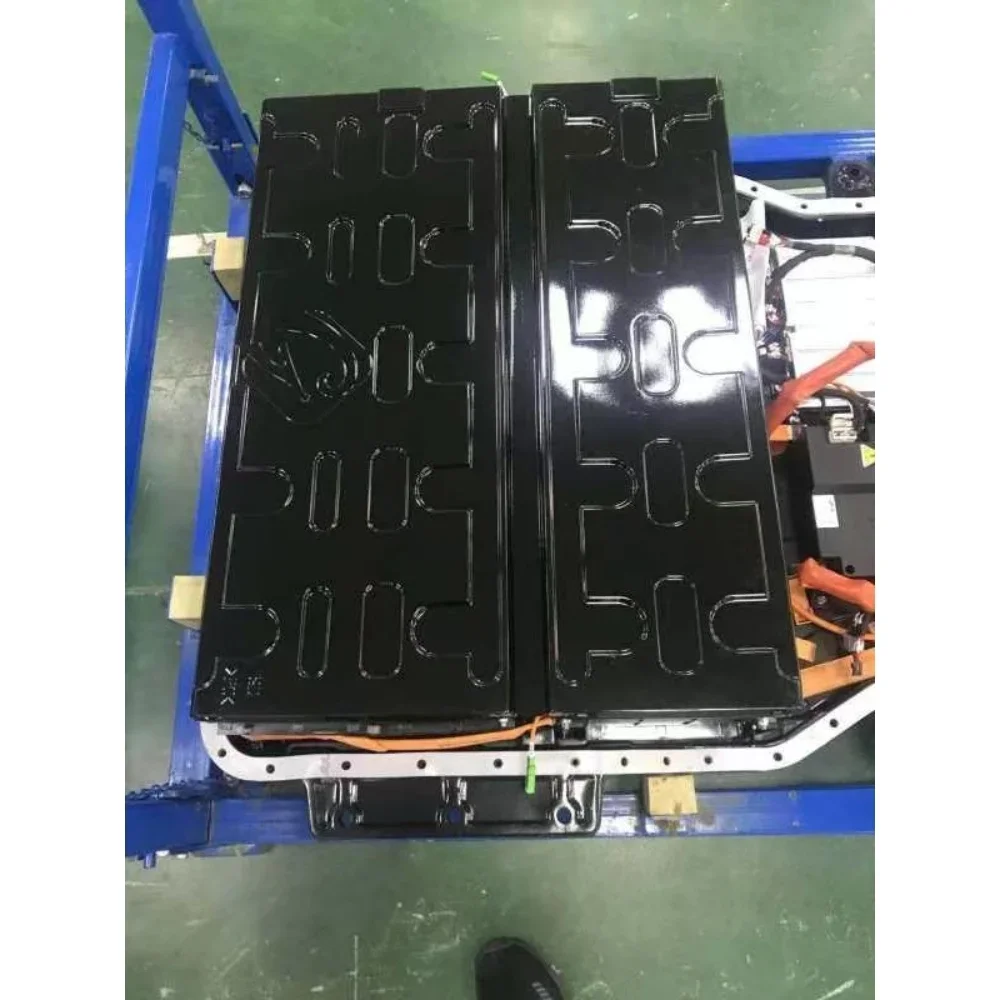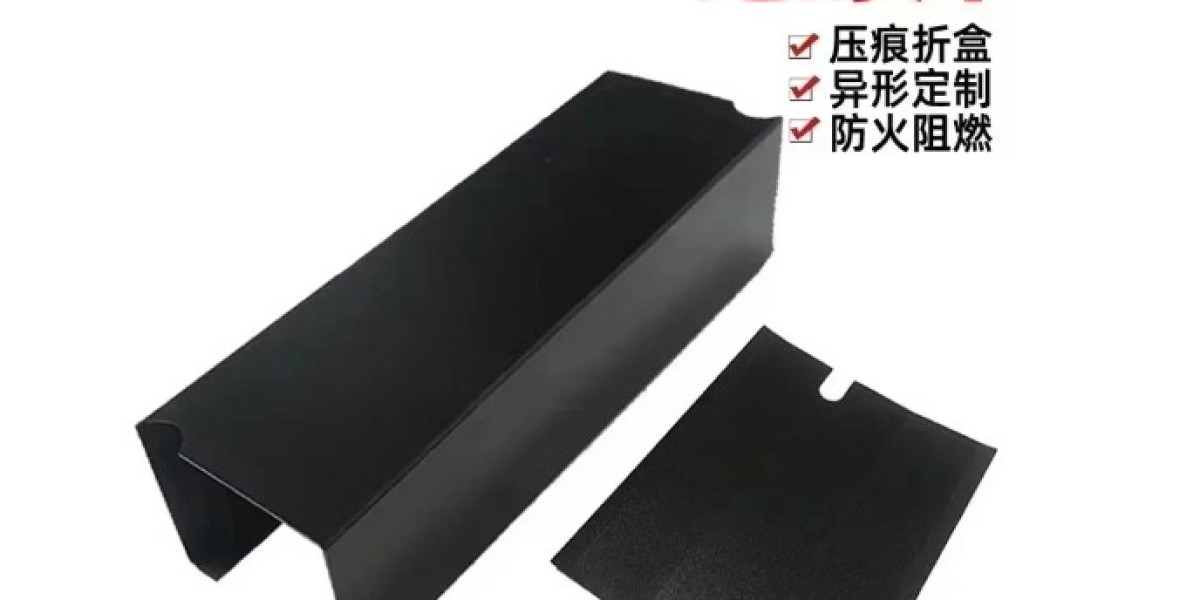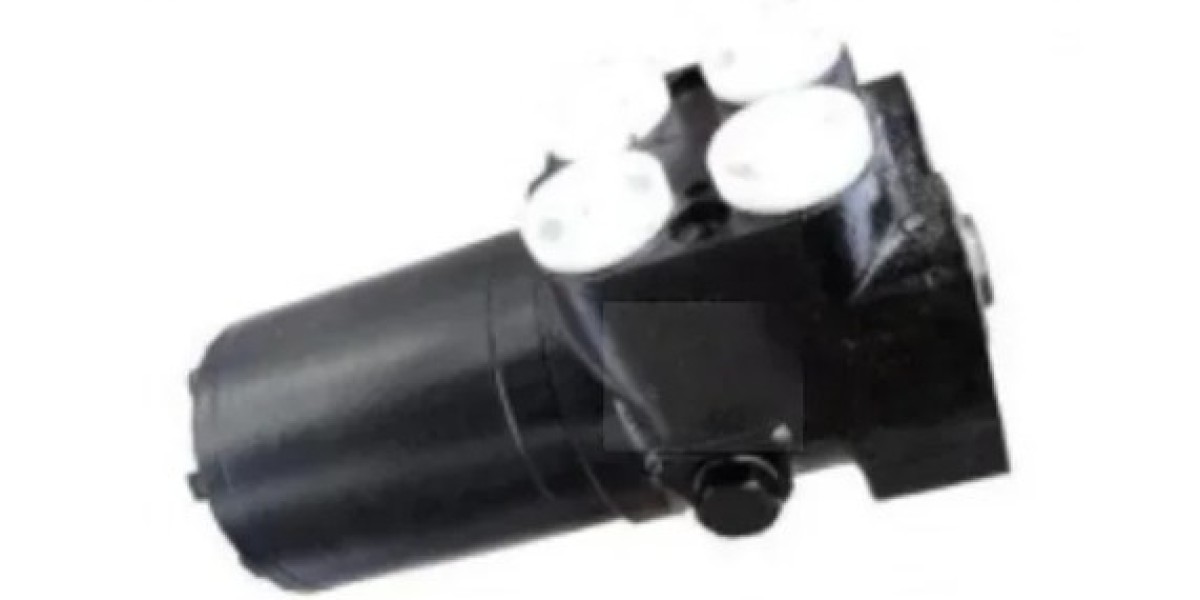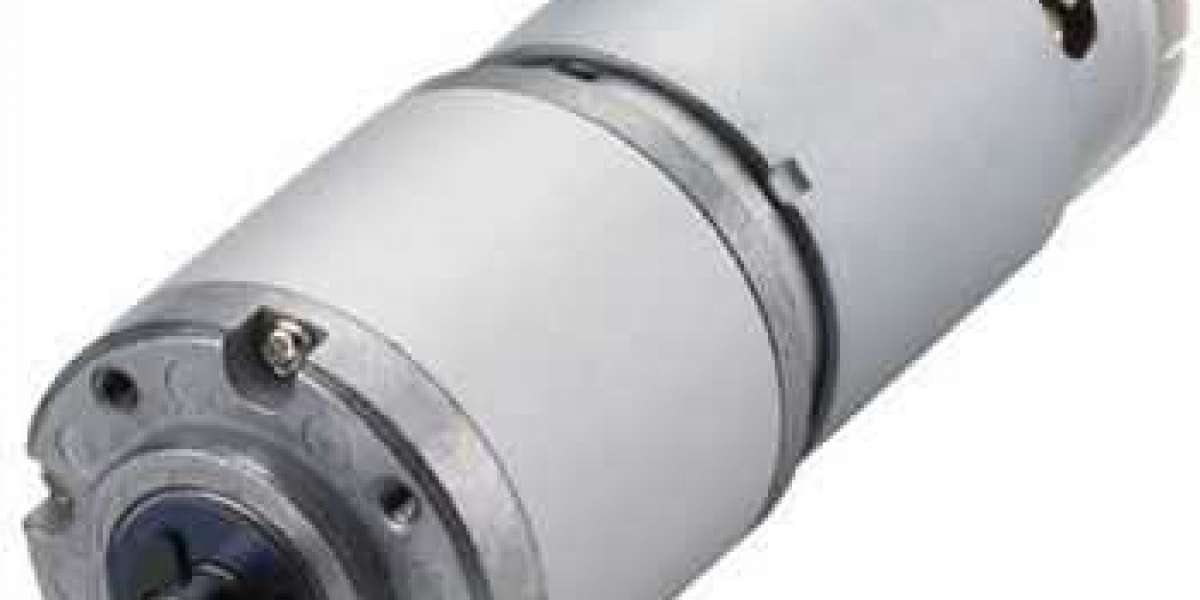Thermoforming blister packaging has become a widely adopted solution across industries, offering numerous benefits such as product protection, visibility, and ease of use. This versatile packaging method utilizes heat and pressure to mold plastic sheets into customized shapes, creating secure and attractive packaging for a wide range of products. In this article, we will explore the industrial applications of thermoforming blister packaging, highlighting its advantages and suitability for various sectors. Join us as we uncover the diverse uses of this innovative packaging solution.
I. Understanding Thermoforming Blister Packaging
A. Introduction to Thermoforming:
Thermoforming is a plastic processing technique that involves heating a plastic sheet until it becomes pliable, and then molding it into a desired shape using heat and pressure. Blister packaging, a specific application of thermoforming, involves creating a cavity or blister to house a product, which is then sealed with a backing material such as foil, paper, or another plastic sheet.
B. Key Elements of Thermoforming Blister Packaging:
Plastic Sheet: A thermoplastic sheet, typically made from materials like PVC, PET, or PP, serves as the base material for thermoforming blister packaging. The plastic sheet is heated and formed into the desired shape.
Mold or Tool: The mold or tool, made of metal or composite materials, determines the shape and size of the blister cavity.
Heat Source: Heat is applied to soften the plastic sheet, making it malleable and ready for forming.
Pressure Application: Once the plastic sheet is softened, pressure is applied to shape it into the desired blister cavity.

II. Industrial Applications of Thermoforming Blister Packaging
A. Pharmaceuticals and Healthcare:
Medicine Packaging: Thermoforming blister packaging is widely used for packaging individual doses of tablets, capsules, or pills. The clear blister provides visibility, tamper resistance, and protection against moisture and UV light.
Medical Devices: Thermoformed blister packaging ensures the safe and sterile packaging of medical devices such as syringes, surgical instruments, and diagnostic tools, maintaining their integrity until use.
B. Food and Beverage:
Single-Serve Food Packaging: Thermoforming blister packaging is ideal for packaging single-serve food items like chocolates, candies, and snacks, ensuring freshness and product protection.
Ready-to-Eat Meals: Thermoformed blister packaging is widely employed for pre-packaged meals, allowing for a longer shelf life while preserving the taste, texture, and quality of the food.
C. Electronics and Electrical Components:
Consumer Electronics: Thermoforming blister packaging provides secure packaging for small electronic devices such as headphones, memory cards, and USB drives, protecting them from damage during transportation and storage.
Electronic Components: Sensitive electronic components like circuit boards and microchips require specialized packaging to safeguard them against static, dust, and moisture. Thermoformed blister packaging offers an effective solution for their protection.
D. Cosmetics and Personal Care Products:
Beauty and Skincare: Thermoforming blister packaging is commonly used for packaging cosmetic and skincare products, ensuring product hygiene and preserving the integrity of the contents.
Personal Care Products: Items such as toothbrushes, razors, and contact lenses benefit from thermoformed blister packaging, providing a tamper-proof and visually appealing packaging solution.
E. Automotive and Industrial:
Spare Parts: Thermoforming blister packaging is employed for packaging automotive spare parts, ensuring protection against damage and contamination during storage and transportation.
Hardware and Tools: Tools, fasteners, and other hardware components are often packaged using thermoformed blister packaging, offering a secure and organized solution.

III. Advantages of Thermoforming Blister Packaging
A. Product Protection: Thermoformed blister packaging provides a protective barrier against moisture, UV light, contamination, and physical damage, preserving the quality and integrity of the packaged products.
B. Visibility and Display: The transparent nature of thermoformed blisters allows for easy product visibility, enhancing product presentation and consumer appeal.
C. Customization: Thermoforming allows for the creation of customized blister shapes and sizes, accommodating various product dimensions and enhancing brand recognition.
D. Tamper Resistance: Thermoformed blister packaging provides a tamper-evident solution, ensuring product safety and integrity.
E. Cost-Effectiveness: Thermoforming blister packaging offers cost advantages in terms of material efficiency, production speed, and ease of automation.
Conclusion
Thermoforming blister packaging has revolutionized the packaging industry, providing a versatile and effective solution for a wide range of products across various sectors. Its ability to protect, showcase, and customize products has made it a popular choice in industries such as pharmaceuticals, food and beverage, electronics, cosmetics, and automotive. With its numerous advantages and adaptability, thermoforming blister packaging continues to play a crucial role in ensuring product safety, visibility, and brand recognition.
Exploring the Different Types of Blister Packing Materials and Their Applications










